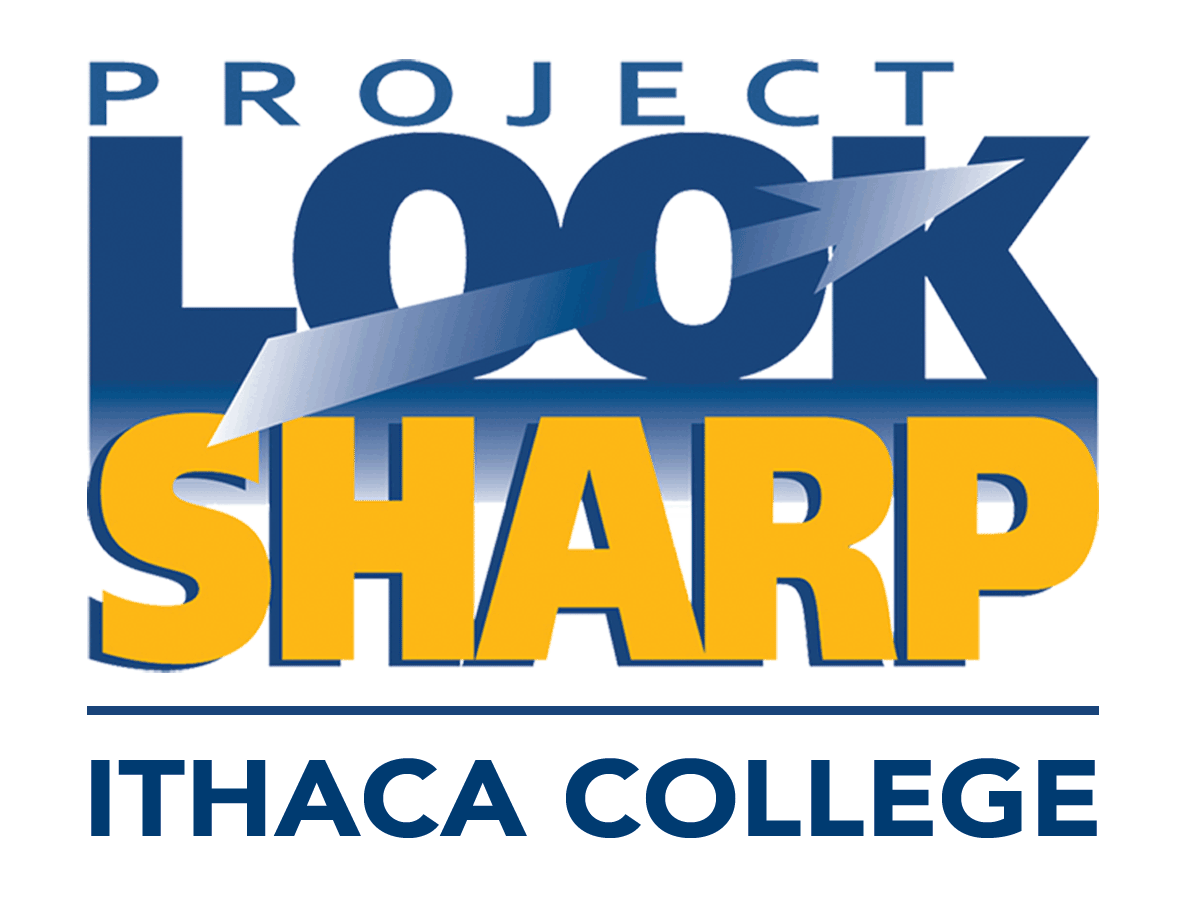Transform “Hot-Button” Topics into Opportunities for Learning

Have you ever tried to talk about a hot-button topic in class, only to have the discussion flare out of control on a wave of strong emotion? Or fizzle to nothing beneath students’ blanket fear of attacks and put-downs?
More than half of 830 teachers surveyed said that their training had not adequately prepared them to handle those discussions, and nearly a quarter said they have received no such training, according to a February 2017 survey by the Education Week Research Center.
 Before I began working full time as a curriculum writer for Project Look Sharp in 2008, I worked for over twenty years at the Center For Nonviolence in Fort Wayne, Indiana. I can still vividly remember the first time I had to lead a class on nonviolent parenting skills for men who had been arrested for battery. I was an unseasoned teacher, given two unscripted hours with 18 men, and I could feel in my gut a dread of bringing up topics that would cause conflict.
Before I began working full time as a curriculum writer for Project Look Sharp in 2008, I worked for over twenty years at the Center For Nonviolence in Fort Wayne, Indiana. I can still vividly remember the first time I had to lead a class on nonviolent parenting skills for men who had been arrested for battery. I was an unseasoned teacher, given two unscripted hours with 18 men, and I could feel in my gut a dread of bringing up topics that would cause conflict.
- How could I keep this from devolving into a polarized debate? (Many of the men came from a “spare the rod, spoil the child” approach to parenting that was very different than the skills I aimed to teach.)
- How could I keep Mike and Howard from dominating the discussion?
- How could I summon the voices of the five guys who rarely have anything to say?
- How could I keep my own strong opinions from steering the discussion away from open dialogue and collective reflection?
- Most of all, how could I model civil discourse and prevent the “runaway train” of disrespect my mentor had warned me about?
And I was really passionate about supporting these men to transform their relationships with their families. How could we achieve this and related core “learning objectives?”
Similar questions are likely to be familiar to any teacher who has grappled with facilitating learning in the current climate of social polarization and incivility portrayed in the media. Yet, how do we fulfill our learning objectives without talking about today’s relevant and charged topics, like border walls, poverty and wealth, racial violence, religious fundamentalism, gender and power, the science of global warming, etc?
What do we do as teachers when we want to dive deep,
but are afraid to enter the water?
I’d like to share two solutions:
For me, the only way to proceed that day at the Center For Nonviolence was to provide structure. I worked with the participants to co-create clear “rules for engagement,” and I then provided a framework that revolved around a set of questions that were designed to get at core truths about discipline, its effects on children, and the kinds of relationships we desire with young ones in our lives. Within this framework, each man was liberated to speak his own truth in response to those questions. The sharing was thoughtful, respectful, and transformative. Over the next few decades, I honed the process, which I was then able to bring to my current work designing curriculum and professional development opportunities for Project Look Sharp.
Inquiry Invites Dialog
One reason that I joined Project Look Sharp and became a media literacy educator was because our common approach is “constructivist”–we utilize potent key questions to enable people to reflect on their own knowledge and “construct” new knowledge based on collective discussion. Through this process, we become aware of our own world-views and biases, learn the skills to communicate effectively and respectfully across differences… and we might even be changed by these powerful conversations.
